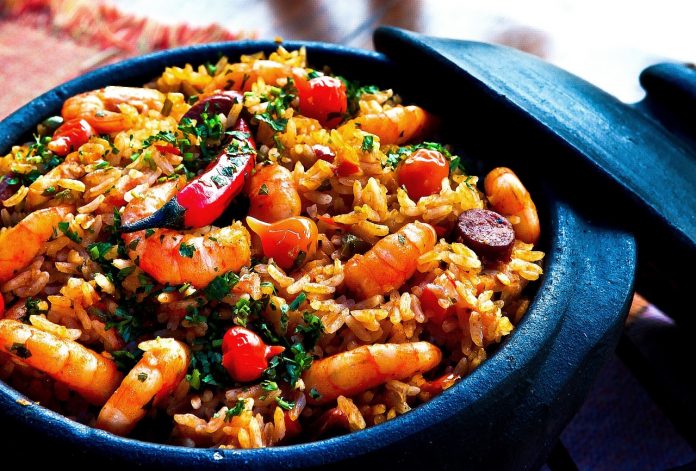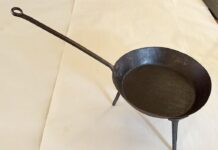By Tracy Turner | Ohio State Chow Line
“When I get home from work some nights, I am exhausted and simply don’t feel like cooking. Any tips on what I can do to still eat healthy those nights without having to go out to eat or spend a lot of time making a meal?”
On a non-workday, you could make several meals in advance and then store them in your freezer to defrost at a later date. On a day when you don’t have the time or energy to make a full meal, you’ll have access to quick, easy, nutritious, homemade meal options.
Freezing meals in advance can be helpful anytime you need a ready-to-go meal or when you take a meal to someone in need, said Shannon Carter, an Ohio State University Extension educator with The Ohio State University College of Food, Agricultural, and Environmental Sciences.
“Freezer meals can save you time by prepping all the ingredients ahead of time, and then only taking minutes to put in the oven or slow cooker after they are thawed,” she said. “Freezer meals can also save you money because you can purchase ingredients when they are on sale to enjoy them later.”
One way to get started is to plan both the amount and the kinds of meals you want to make in advance and freeze, Carter said in a recent blog post.
“Once you have an idea of what you want to prepare, you can make the entire meal and freeze it, precook a portion of the recipe to freeze, or assemble ingredients to freeze and cook later,” she said.
Tips for preparing meals ahead of time
Here are some other tips from Carter:
- Use the U.S. Department of Agriculture’s MyPlate as a guide for your menu. Plan a variety of low-fat proteins and dairy along with plenty of vegetables, fruits, and whole grains.
- Consider avoiding ingredients that don’t freeze well, such as mayonnaise and lettuce.
- Gather ahead of time all the ingredients and containers for freezing. Freezer bags or cartons work well. Label the bags or containers with a permanent marker before filling. Label with the name of the recipe, date, and instructions for cooking.
- Lay freezer bags flat in the freezer so they are easier to thaw. Consider placing the freezer bags on a pan or baking sheet until frozen and then stacking them in the freezer, or stand the bags vertically once frozen.
- Foods kept at zero degrees Fahrenheit are safe indefinitely, although quality might deteriorate after 3–6 months.
- The safest way to thaw frozen foods is in the refrigerator. A gallon-sized bag of food will usually thaw in the refrigerator in about 24 hours.
- You can also defrost frozen foods in the microwave and then cook them immediately.
- When using a slow cooker, completely thaw the food before placing it into the slow cooker. This ensures that the food does not enter the “danger zone,” a range of temperatures between 40 and 140 degrees Fahrenheit at which bacteria grows most rapidly.
Chow Line is a service of the College of Food, Agricultural, and Environmental Sciences and its outreach and research arms, OSU Extension and the Ohio Agricultural Research and Development Center. Send questions to Chow Line, c/o Tracy Turner, 364 W. Lane Ave., Suite B120, Columbus, OH 43201, or turner.490@osu.edu.
















